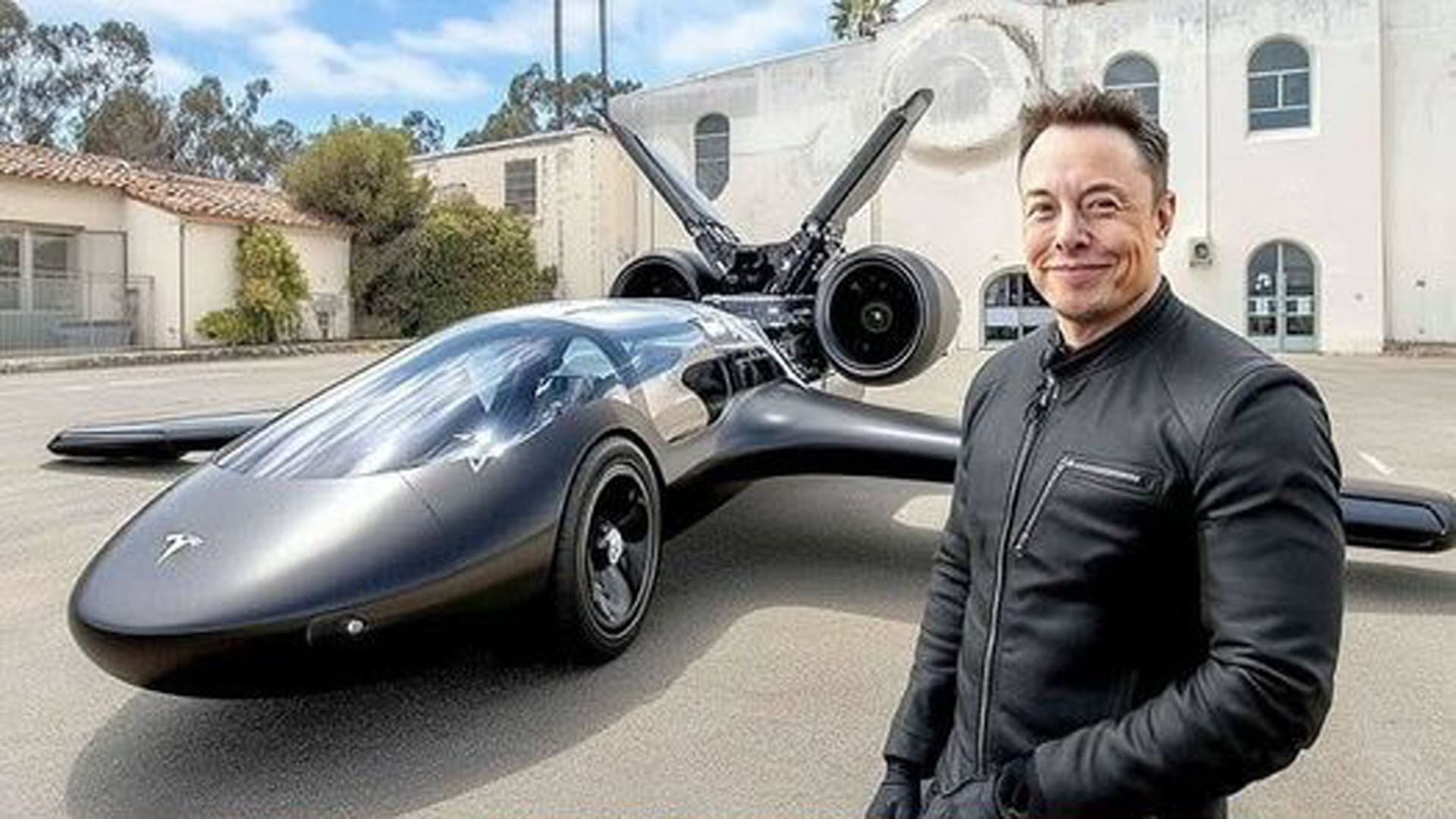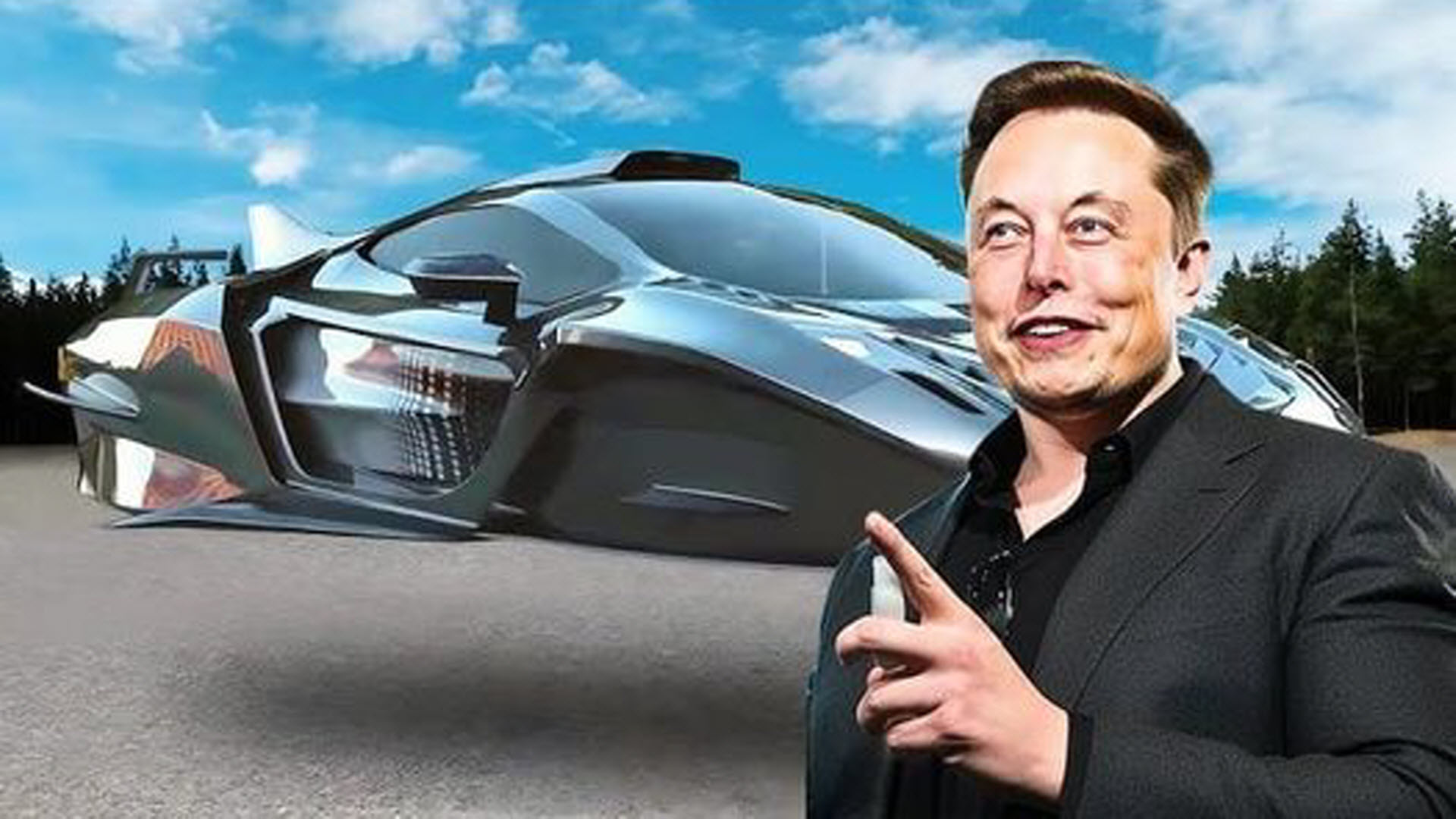Flying cars have been a staple of science fiction for decades, promising a future where roads are optional, and the skies are open to personal vehicles. But how close are we to this vision becoming a reality?
Tesla’s Roadster: Futuristic Hints, Grounded Reality

Elon Musk, known for his groundbreaking ideas, has hinted at revolutionary features for Tesla’s upcoming Roadster. In collaboration with SpaceX, the Roadster may incorporate rocket-assisted performance that Musk described as having “Jetsons vibes.” However, these features seem more likely to push the boundaries of high-speed land performance rather than offering true flying capabilities. The full reveal, expected by 2025, may shed light on whether Tesla intends to step into the flying car market or continue focusing on extraordinary performance innovations.
Alef Aeronautics: Taking Flight, Literally

While Tesla’s flying car ambitions remain conceptual, companies like Alef Aeronautics are leading the charge with tangible advancements. The Alef Model A, a prototype showcased at tech events, demonstrates vertical takeoff and landing capabilities, bridging the gap between road and air travel. Designed to function as both a street-legal vehicle and a short-range aircraft, it represents a significant step toward integrating flying cars into everyday life.
The Road Ahead
Though Tesla’s flying car plans remain speculative, the progress of companies like Alef Aeronautics suggests that the era of flying cars is no longer just a dream. From innovative prototypes to actual flight demonstrations, these developments are steadily transforming the way we think about transportation.
As technology evolves, the line between science fiction and reality continues to blur. The question now is not if flying cars will become part of our lives, but when.





